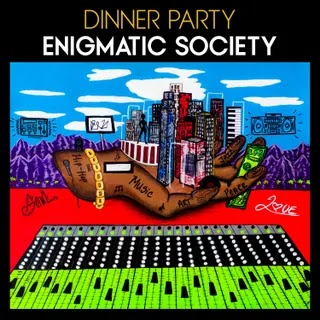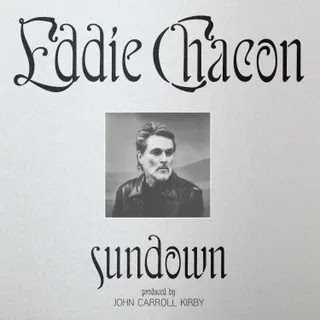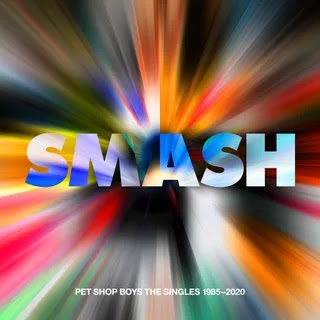A decade after their last album together, the Norwegian space-disco producers pick up where they left off, bringing new emphasis on structure and rhythm to their heady, atmospheric vibes.
In the decade since Lindstrøm & Prins Thomas released their last album, the revelatory space-disco voyage II, electronic dance music underwent several shape-shifting transformations: the explosion and fizzle of mass-market EDM, a U-turn toward classic house and cerebral techno, and fusions of ambient and jazz with global rhythms. It’s a testament to the Norwegian pair’s steadfast, forward-thinking style that their third album, III, picks up right where II left off and still sounds remarkably current. It’s as if Hans-Peter Lindstrøm and Thomas Moen Hermansen had been waiting for the perfect moment to re-enter the conversation and found it inside 2020’s strange collective pause.
A joyride of heady, prog-infused atmospheres and downtempo house music, the album curves, twists, and undulates like a slow-moving river. Drifting through a series of mood-based sketches—French space pop, beach-gazing Balearia, and winding, loungey kosmische—it’s easy to lose yourself in syncopated melodies and swirling polyrhythms that, in another context, could easily have sounded like chaos. Instead, there are moments when III might double as a mood record—soothing, silky, perfectly synthetic—with infectious rhythms and enveloping arrangements that bely its compositional complexity. This is where the duo really shines; in their skilled hands, cosmic disco isn’t so much a gimmick or a goal but a technique, a way to prioritize atmosphere without sacrificing musicality. Their music doesn’t demand close listening, but it sure rewards it. It can take four or five spins to hear everything that’s going on in a song.
These tracks are less kaleidoscopic than the duo’s prior joint releases, with fewer improvisational excursions and a stricter adherence to structure and rhythm. But what’s lacking in funky, free-wheeling jamming is made up in concrete, beat-driven vibe. These are grooves you’re meant to lock into. Even “Oranges”—easily the project’s most far-out number, with coiling synths and skewed melodies that whiz and whirl past like space debris—has a steady, laid-back beat that brings it back down to earth. “The tracks that Lindstrøm sent me were almost like standard house tracks,” Prins Thomas has said, alluding to the project’s club roots. “I already had an idea of what I wanted to do, so I forced those tracks into new shoes and dresses.”
In the end, nothing about these songs is standard, from their dizzying, kitschy synths to their warped minor-major oscillations. Most of the album’s tracks push the bounds of what is considered dance music, a space that neither producer has ever fully committed to. “Martin 5000” has the most forward momentum—if there’s one track you might someday hear at a smoky after-hours, it’s this one—but retreats into meandering electric guitar and soft, tinkering piano that give it a floaty, aimless feel. “Harmonia” turns a gentle pendulum bassline into a serious, physical groove, but resists the urge to build past the half-way point. Occasionally, this hesitation can feel like a cop-out; you get the sense that there’s a little more to be explored. But there’s something psychedelic about the way these tracks avoid propulsion or release, opting instead to get lost inside themselves. Playful but intense, bite-sized yet jammy, these are inner-expedition songs best absorbed through a pair of thick headphones.
As is typical when Lindstrøm and Prins Thomas join forces, some of the project’s most exciting moments are snuck in the back door, laced into a dazzling breakdown or deep, hypnotic groove. The many jazzy layers of “Small Stream” come together so patiently and fluidly that it’s easy to miss the intricately cascading synth arpeggios. On “Birdstrik,” they transform a lighthearted, free-form piano solo into a dense and probing spell with muffled future-garage beats that shuffle underneath. It’s one of the only songs that briefly departs from its core rhythm, as the shuffle suddenly dissolves into chords, arpeggios, and air. When it does, it’s exquisite—a brief, gorgeous inhalation that feels physical and relieving, and that would surely get lost in the action of a dance floor. Seconds later, the synths return and the drumbeat reconnects, and the song spins back into orbit.
















0 comments:
Post a Comment